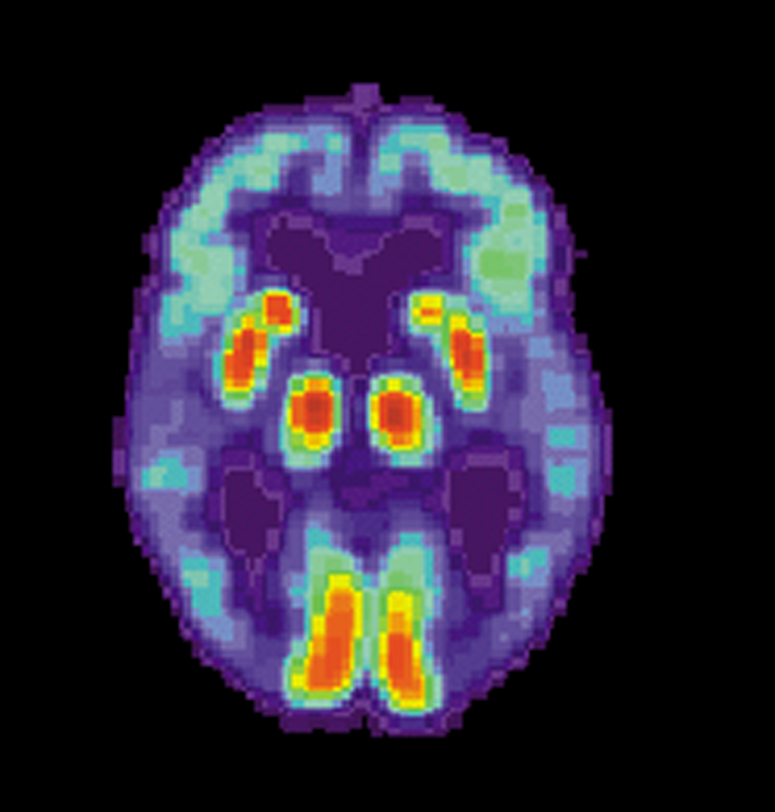Julie M. Zissimopoulos, Ph.D., of the University of Southern California, Los Angeles, and coauthors analyzed claims data from a final sample of nearly 400,0000 Medicare beneficiaries who used statins to examine the association of statin use and the onset of AD. The researchers examined high and low exposure to statins and statin type for the four most commonly prescribed statins: simvastatin, atorvastatin, pravastatin and rosuvastatin.
Among the key findings:
- From 2009 to 2013, 1.72 percent of women and 1.32 percent of men received a diagnosis of AD annually.
- White men had the lowest incident of AD (1.23 percent).
- The average annual number of days of statin use was lower for black and Hispanic individuals than for white individuals.
- High exposure (at least the 50th percentile of days of filled prescriptions in a given year for at least two years from 2006 through 2008) to statins was associated with a 15 percent decreased risk of AD for women and a 12 percent reduced risk for men, which varied across race/ethnicity and sex.
- The risk of AD was reduced for Hispanic men, white women and men, and black women; no significant difference in risk was seen for black men who had high exposure to statins compared with low exposure.
- High exposure to simvastatin was associated with a lower risk of AD for white, Hispanic and black women, as well as white and Hispanic men.
- No reduction in AD risk for black men was associated with any statin.
- Atorvastatin was associated with reduced AD risk among white, black, and Hispanic women and Hispanic men.
- Pravastatin and rosuvastatin were associated with reduced AD risk for white women.
“This suggests that certain patients, facing multiple, otherwise equal statin alternatives for hyperlipidemia treatment, may reduce AD risk by using a particular statin. The right statin type for the right person at the right time may provide a relatively inexpensive means to less the burden of AD,” the study concludes.
(JAMA Neurol. Published online December 12, 2016. doi:10.1001/jamaneurol.2016.3783; available pre-embargo at the For The Media website.)
